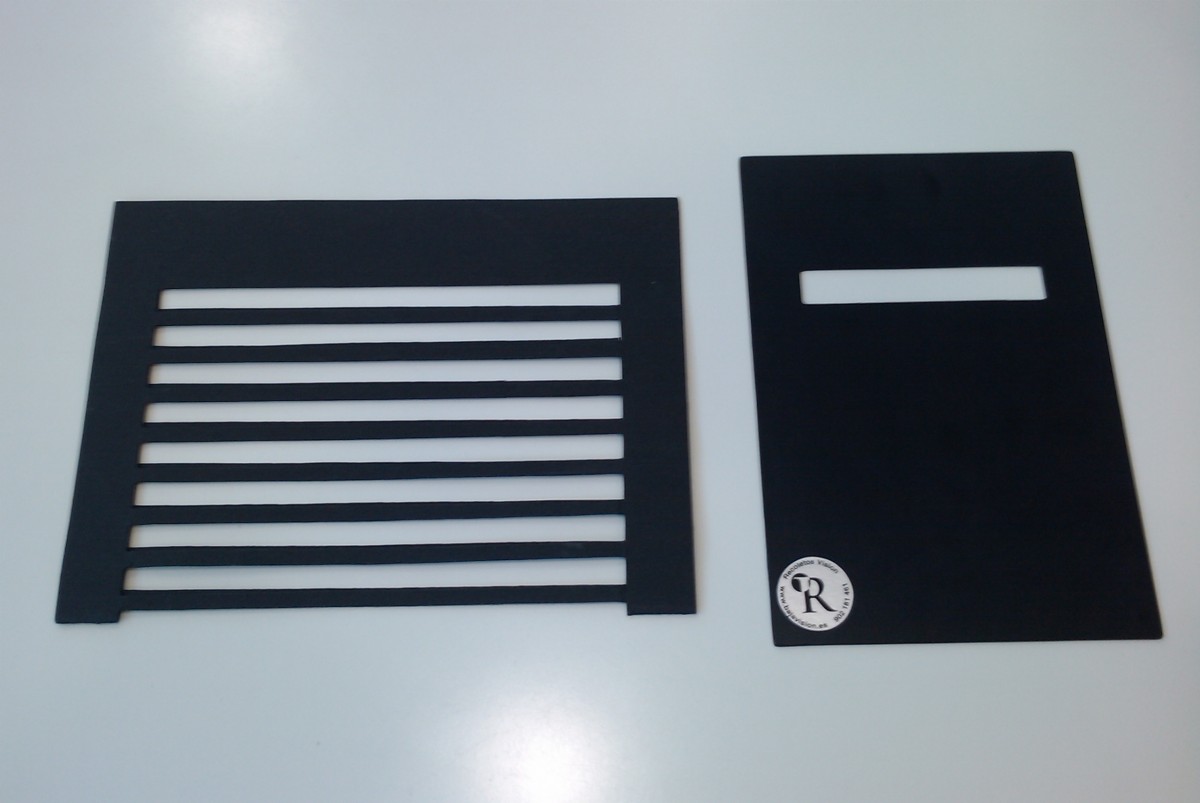Hereditary retinal dystrophies
Others
2. Other non-optical aids
- Ergonomics. People with low vision often must get very close to the text to be able to read. This forced posture causes fatigue, muscular tension, or even spinal deviations. The correct way is to sit up straight and bring the text closer to the eyes as much as necessary, using a book stand or an inclined table.
- Contrast can be improved by placing filters or coloured transparent sheets over the text to be read. The colours that produce the greatest contrast are yellow on black.
- Writing utensils. We can use thick colored markers, preferably black, or a very soft pencil, and white or yellow paper (since it produces greater contrast and reduces the reflection that white paper usually produces).
- Lined and squared paper. The use of grids of different sizes and models for written texts or for mathematics help to situate space-wise and facilitate later reading.
- Typoscopes. Aids for reading or writing, consisting of a plastic or cardboard template with one or more windows, by way of lines, which is superimposed on a written text, to separate what is already read from the line yet to be read, or as a tactile guide for writing with ink, without getting out of line.

Last modified
09 September 2022